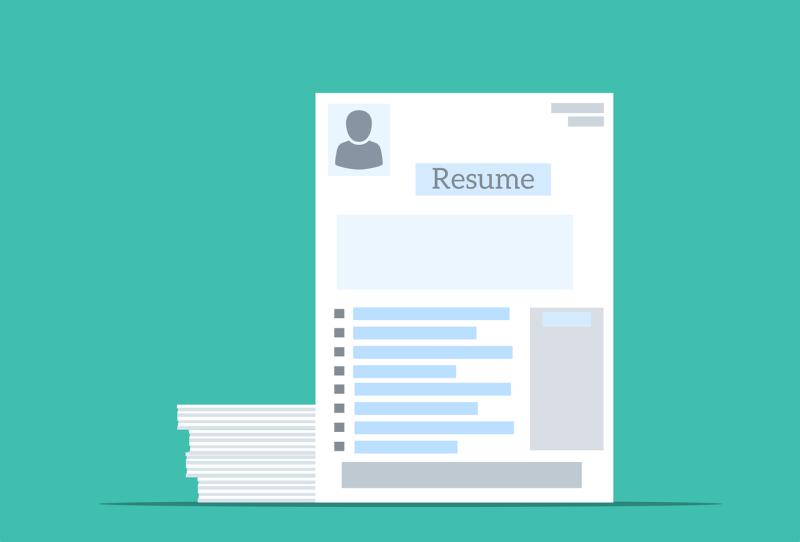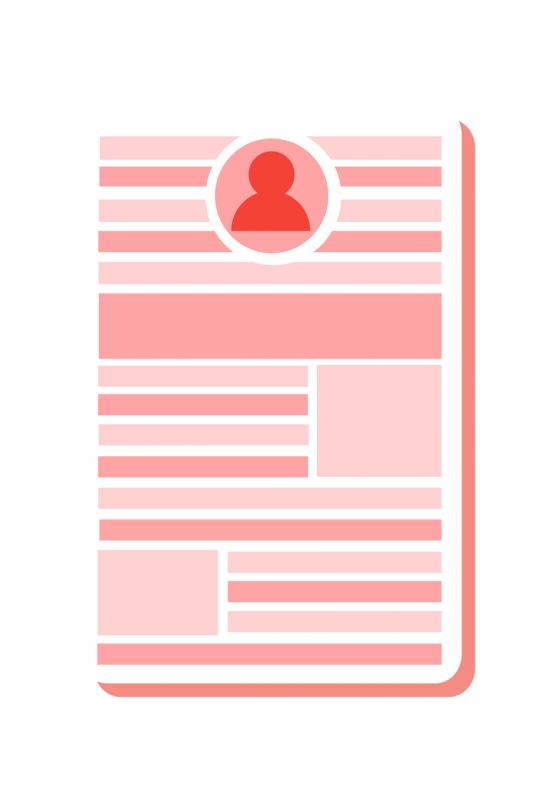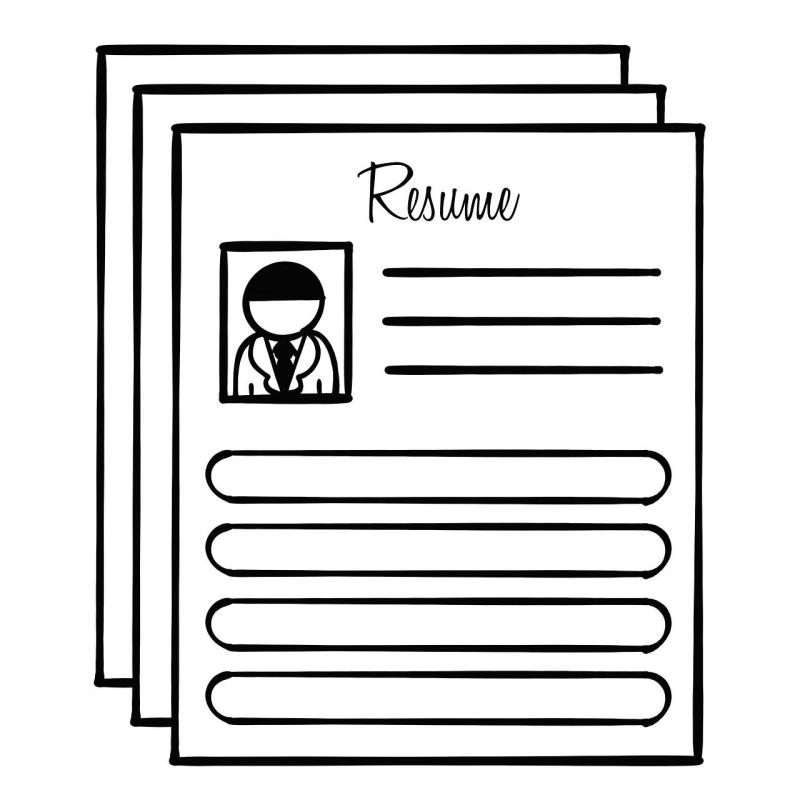Top Resume Writing Strategies for a Strong LinkedIn Profile

In the digital age, your LinkedIn profile is as crucial as
your resume is customized for particular job opportunities, but your LinkedIn
profile functions as an ever-evolving and readily accessible overview of your
professional self. To make your LinkedIn profile stand out, applying top resume writing strategies can be highly effective. Here’s a comprehensive guide on how
to leverage these strategies to enhance your LinkedIn profile and attract
potential employers.
1. Craft a Compelling Headline
Your LinkedIn headline is a key element that grabs attention
right away, making it crucial to craft a compelling one. Just like a resume
headline, your LinkedIn headline should effectively communicate your
professional identity and showcase your most important skills or notable
achievements. Instead of simply listing your job title, use this space to
showcase your expertise and what you bring to the table. For instance, rather
than “Marketing Manager,” you might use “Strategic Marketing Manager | Expert
in Digital Campaigns & Brand Growth.” This approach not only grabs
attention but also improves your profile’s visibility in search results.
2. Develop a Strong Summary
The LinkedIn summary section is akin to the career objective
or profile section of a resume. This is your chance to emphasize your
professional journey. Write a compelling
summary that includes your career highlights, skills, and what sets you apart.
Use a conversational tone and structure your summary to include a strong
opening, a detailed overview of your achievements, and a clear indication of
your career goals or what you’re looking for. For example:
3. Highlight Achievements with Quantifiable Results
When describing your work experience, emphasize your
accomplishments over mere duties. Highlight measurable results to showcase your
impact, just as you would on a resume. This approach offers tangible proof of
your effectiveness and sets you apart from other candidates.
4. Optimize Your Profile with Relevant Keywords
Incorporating relevant keywords into your LinkedIn profile
is essential for boosting your visibility in search results. Just as you would
tailor your resume with industry-specific terms for each job application, your
LinkedIn profile should include keywords that reflect your skills and desired
roles. Research industry-specific terms and phrases that recruiters might use when
searching for candidates. Integrate these keywords naturally throughout your
headline, summary, and experience sections to attract the right opportunities.
5. Showcase Skills and Endorsements
Skills and endorsements are vital elements of your LinkedIn
profile. List skills that are relevant to your industry and career goals.
Encourage colleagues, clients, and supervisors to endorse your skills, as
endorsements add credibility and validate your abilities. A diverse skill set
not only highlights your strengths but also enhances your profile’s
attractiveness to recruiters. Ensure your top skills align with your
professional goals and are prominently featured on your profile.
6. Request and Highlight Recommendations
Recommendations from colleagues, supervisors, or clients
provide valuable social proof of your abilities and work ethic. They function
similarly to references on a resume. Reach out to individuals who can provide
positive feedback about your professional achievements and character. When
requesting recommendations, be specific about the qualities or accomplishments
you’d like them to highlight. Recommendations enhance the authenticity and
credibility of your profile, further validating your qualifications.
7. Engage with Relevant Content
Active engagement on LinkedIn helps boost your profile’s
visibility and demonstrates your industry knowledge. Share and comment on
relevant articles, participate in discussions, and publish your own posts to
showcase your expertise and insights. Engaging with content not only keeps you
updated with industry trends but also positions you as an active and informed
professional. This engagement can also lead to networking opportunities and
increased visibility among potential employers and connections.
8. Join and Participate in Industry Groups
LinkedIn groups provide a platform to network and connect
with professionals in your field Become part of groups relevant to your
industry or interests and actively engage in their discussions. This engagement
helps you build connections, share knowledge, and gain visibility within your
industry. Being an active member of relevant groups enhances your professional
reputation and expands your network, making your LinkedIn profile more
attractive to potential employers.
9. Customize Your LinkedIn URL
A customized LinkedIn URL is more professional and easier to
share. It also enhances your personal branding. To customize your URL, go to
your LinkedIn profile settings and select “Edit public profile & URL.”
Choose a URL that incorporates your name or a variant that reflects your
professional brand. This small adjustment can make a significant difference in
how your profile is perceived and how easily it can be found.
10. Utilize the Featured Section
LinkedIn’s Featured section allows you to showcase your best
work, including articles, presentations, or projects. Use this section to
highlight significant achievements, publications, or media appearances.
Featuring high-quality content adds depth to your profile and provides tangible
evidence of your expertise. This section is an excellent opportunity to present
your work in a visually appealing manner, making your profile more engaging and
informative.
11. Keep Your Profile Updated
Regularly updating your LinkedIn profile ensures it
accurately reflects your most recent skills, experiences, and career goals.
Review your profile periodically to add new accomplishments, update job titles,
and refine your summary. Keeping your profile current demonstrates that you are
actively engaged in your professional development and ready for new
opportunities. An updated profile also helps you stay relevant in the
competitive job market.









Comments